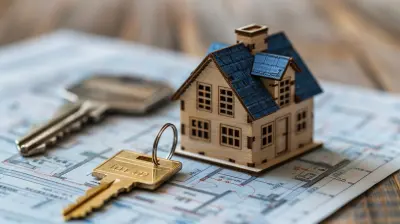The Role of Autonomous Vehicles in Future Urban Property Planning
10 October 2025
Let’s take a minute to imagine this together: You’re sipping your morning coffee, the sun is rising, and your car—without you ever touching the steering wheel—glides silently out of the garage, ready to take you wherever you want to go. No rush-hour headache. No parking nightmares. That, my friend, is the near-future world of autonomous vehicles (AVs).
Now here’s the kicker: These self-driving marvels aren’t just going to change the way we move—they’re going to reshape our cities and, you guessed it, completely shake up how we plan urban properties.
So buckle up, because we’re diving deep into how AVs are steering the future of urban real estate planning.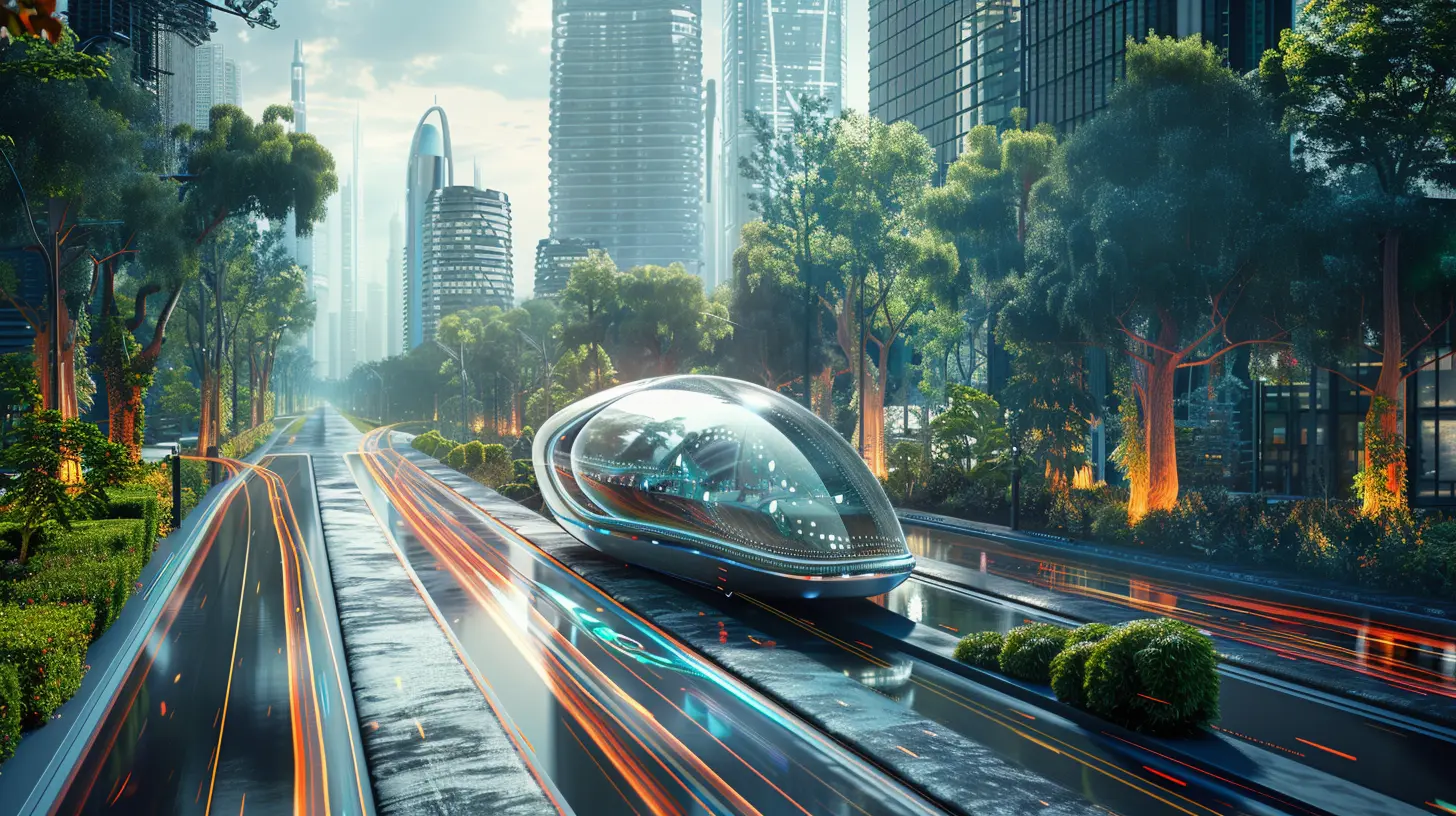
What Exactly Are Autonomous Vehicles?
Okay, before we go any further, let’s get on the same page. Autonomous vehicles—also known as driverless cars or self-driving cars—are vehicles capable of sensing their environment and moving safely with little or no human input.Think of a car that’s part computer, part robot, and fully aware of its surroundings. It uses a combination of sensors (like LiDAR, radar, cameras) and AI algorithms to make split-second decisions.
And here’s the thing: They’re not science fiction anymore. Companies like Tesla, Waymo, and even Amazon are already knee-deep in the AV game.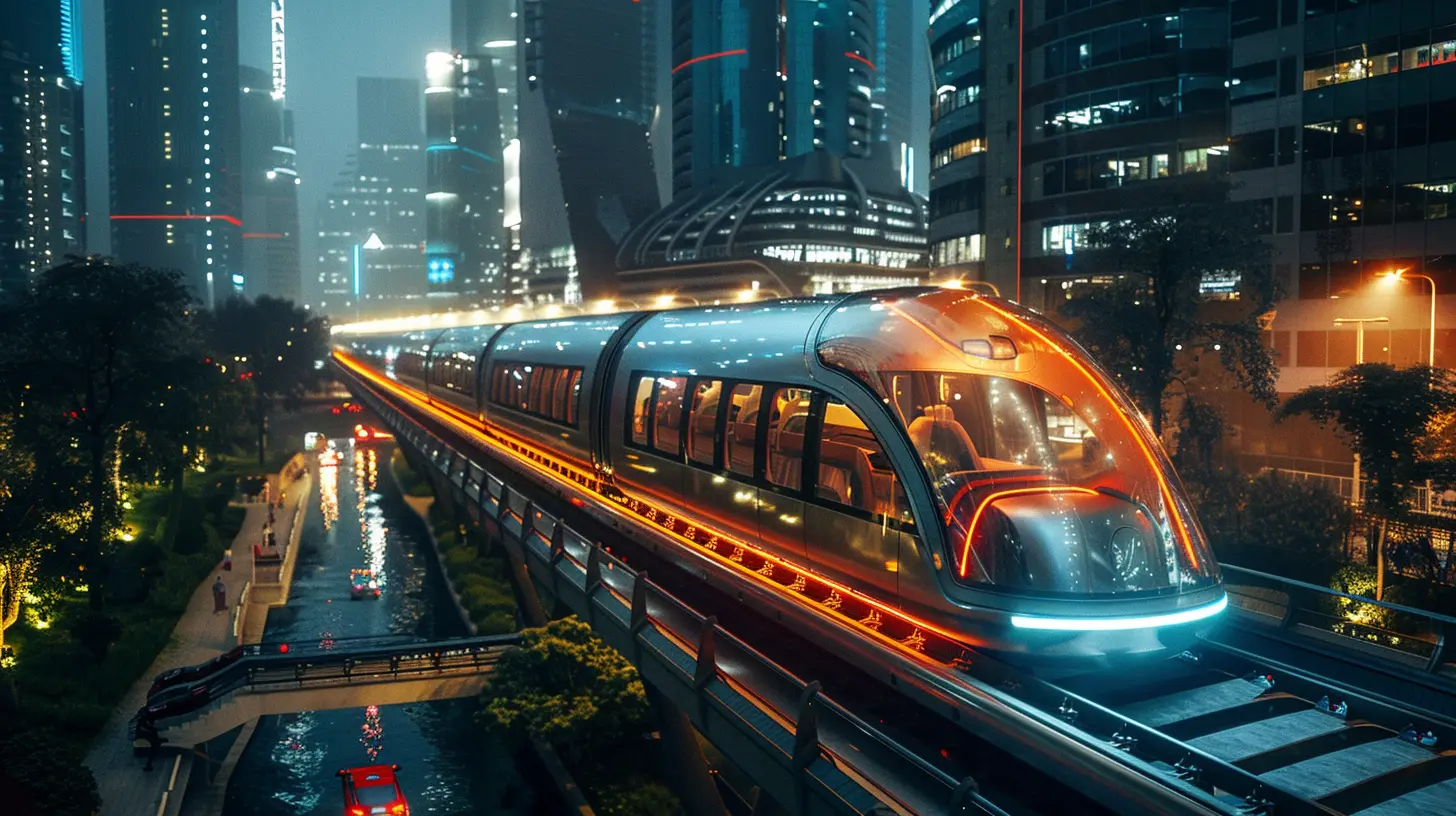
The AV Domino Effect: Why Real Estate Planners Should Care
You’re probably wondering, “Why should I care about AVs on a real estate blog?” Well, the impact goes way beyond traffic patterns.Autonomous vehicles are not just a transportation innovation—they’re a real estate game-changer. The knock-on effects are massive, and they influence everything from how we design buildings to what neighborhoods become hot property.
Let’s break this down.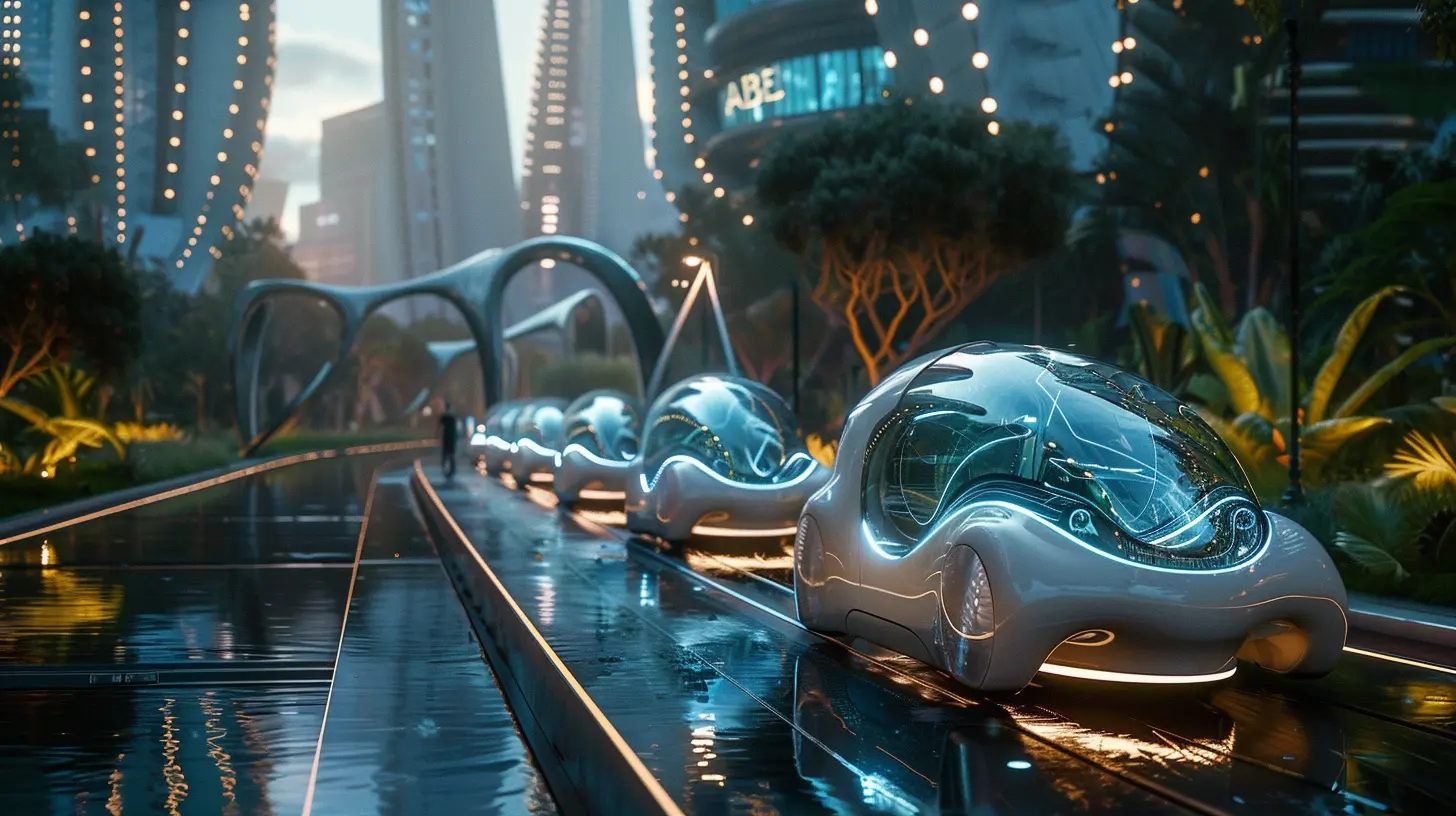
1. Bye-Bye Parking Lots, Hello Green Spaces
Here’s some real talk: Cities today are obsessed with parking. Multi-story garages, parallel spots on every block, massive parking lots outside malls—they’re everywhere.Now imagine a world where AVs drop you off and drive themselves elsewhere to park (or just circle around efficiently). You no longer need to have a parking garage under your condo, or a massive sea of asphalt outside your office.
What This Means for Urban Planning:
- Reduced need for parking infrastructure: Developers can reclaim that space for other uses like parks, plazas, retail, or residential units.- Higher land value: Land previously dedicated to parking can be redeveloped into revenue-generating spaces.
- Smarter land use: Efficient land allocation becomes the new norm, making cities denser, greener, and more vibrant.
You see where this is going? AVs may just become the ticket to more walkable, livable cities.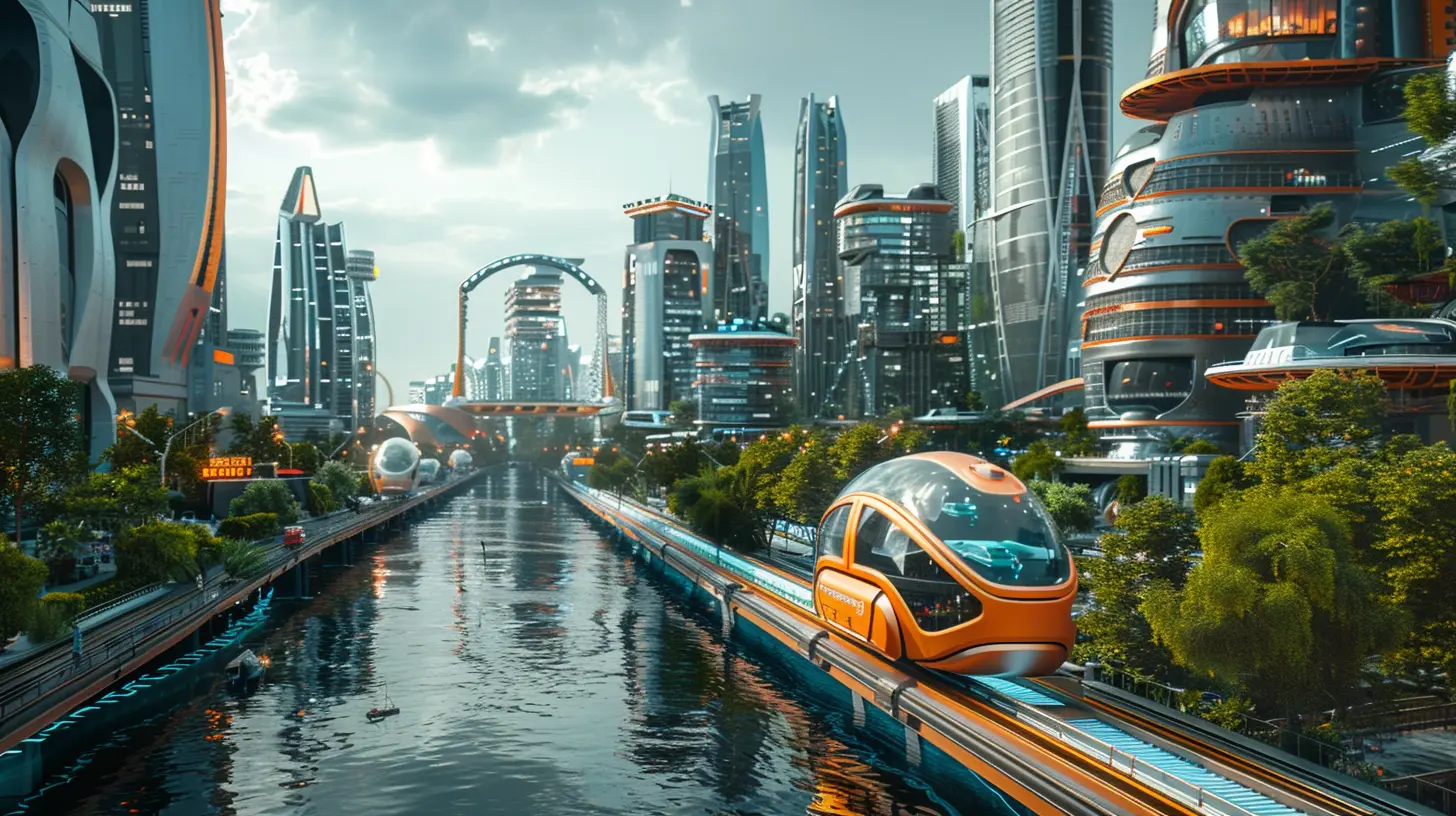
2. Location, Location… Reconsidered
Traditionally, property value has been heavily influenced by proximity to work, public transit, and amenities. But if AVs can chauffeur you to your downtown job while you nap or binge Netflix, suddenly living 45 minutes away doesn’t sound so bad.That long commute? It becomes productive, or even relaxing.
Real-Life Implications:
- Suburban revival: Areas previously seen as “too far” from the city center might become real estate gold mines.- Urban sprawl, but smarter: We could see better-planned suburban developments that are fully integrated with AV networks.
- Redefined urban core: Downtown districts may shift toward nightlife, culture, and business, while people choose to live further out in AV-accessible zones.
You might even see a mini-exodus from overpriced city centers. AVs turn commute time into downtime, and that changes everything.
3. Rethinking Transportation Infrastructure
AVs aren't going to need the same infrastructure we currently use. They’ll be able to communicate with each other, follow optimized routes, and minimize traffic jams. This won't just unclog streets—it will transform them.Planning Implications:
- Narrower roads: With fewer human errors and accidents, AVs can safely operate with less space.- Fewer traffic signals: Vehicle-to-vehicle (V2V) communication means fewer stoplights and better traffic flow.
- Dedicated AV lanes: City planners may integrate smart lanes just for self-driving cars, especially in high-density urban areas.
In short, street design is going to get a makeover. Think more bike lanes, more outdoor cafes, and fewer clunky intersections. It’s going to make cities not just smarter, but prettier too.
4. Shift in Property Demand and Value
If AVs reshape how and where we live, they’re definitely going to impact what properties are worth.Key Considerations:
- Increased demand for accessible drop-off zones: Think about the front entrances of buildings becoming prime real estate, thanks to AV pickup and drop-offs.- Property premiums for AV-friendly features: Integrated smart tech, AV docking stations, or robotic parking garages will be selling points.
- Mixed-use developments: As commuting becomes easier and more enjoyable, mixed-use zones that combine work, living, and shopping will become more attractive.
So, if you’re planning or investing in urban properties, this is the nudge to think ahead. Think AV-ready.
5. Reduced Car Ownership = New Living Models
Here’s a wild prediction: In 15–20 years, owning a personal car might be as old-fashioned as owning a flip phone. With AVs offering affordable, on-demand mobility, there’ll be less pressure to buy a car.Fewer cars on the road means more opportunities to rethink space at the property level.
What’s the Big Deal?
- Smaller garages or no garages: Homes might ditch the two-car garage and repurpose that space for living or home offices.- Community-based vehicle hubs: Picture apartment complexes with an on-site AV fleet people can summon anytime.
- New business models: From car-as-a-service platforms to subscription-based mobility, real estate will need to integrate with these new concepts.
In essence, mobility becomes a utility—just like water, electricity, or Wi-Fi.
6. Sustainability and Smarter Cities
Autonomous vehicles are likely to be electric, which is great news for the environment. But beyond that, AVs contribute to the growth of sustainable, data-driven cities.Sustainability Perks:
- Lower emissions: AVs will likely be electric, leading to cleaner air in dense cities.- Less traffic = less pollution: Smarter routing and efficient driving behaviors mean fewer fuel-guzzling traffic jams.
- Adaptive real estate: Buildings can be designed around dynamic AV patterns, reducing wasted energy and improving air flow.
Smart mobility makes smart cities, and smart cities are worth investing in.
7. The Role of Tech in Property Planning
Urban real estate is going to need to get a heavy dose of tech smarts. It's no longer just about bricks and mortar—it's about integrating infrastructure that talks to cars, monitors usage, and tracks flows of people and goods.What’s on the Horizon?
- Smart traffic management systems.- Building-integrated AV hubs.
- Geo-spatial data to optimize real estate use.
Property planners, architects, and real estate developers will need to collaborate with data scientists, urban engineers, and tech companies. The silos are shrinking.
Challenges and Roadblocks (Yep, There Are a Few)
Let’s not ride off into the sunset just yet. There are hurdles that need to be cleared before AVs become a dominant force.- Regulation and legislation: Governments need to catch up with laws around AV safety, liability, and data privacy.
- Public acceptance: Not everyone's ready to trust their lives to a computer on wheels.
- Infrastructure limitations: Older cities with tighter roads will need massive upgrades to accommodate AV networks.
- Equity concerns: Will AVs serve all demographics equally? Will they widen or close the urban mobility gap?
Still, these are the kind of growing pains that come with any technological leap. And with the right planning (which is where you come in), the rewards will outweigh the risks.
What Should Urban Planners and Developers Do Now?
If you’re in the business of shaping cities—whether you're a developer, investor, planner, or even a property manager—this is the time to be proactive.Actionable Steps:
- Start thinking “AV-first” when evaluating new developments.- Prioritize adaptability: Leave flexibility in designs so you can pivot when AV adoption accelerates.
- Partner with mobility tech companies to understand future trends and integrate AV-compatible solutions early.
- Educate your stakeholders: Help your clients and community understand the benefits and prepare for the shift.
Being ahead of the curve won’t just help you future-proof your projects—it could make you a pioneer in the AV-powered cityscape of tomorrow.
Wrapping It Up
Autonomous vehicles aren’t just changing how we travel—they’re reshaping the very layout of our cities. For anyone in the urban property game, they open up a world of opportunity.From reclaiming parking lots to rethinking neighborhoods, AVs are the quiet revolution rolling our way. They’re not just tools for mobility—they’re catalysts for reimagining city life.
So the next time you hear that soft electric hum of a self-driving car rolling by, don’t just think about the tech. Think about the parks, the buildings, the homes—and the future urban landscapes that are coming to life because of it.
Because when cars drive themselves, the world drives forward.
all images in this post were generated using AI tools
Category:
Real Estate TechnologyAuthor:

Kingston Estes
Discussion
rate this article
1 comments
Vincent Yates
Autonomous vehicles will reshape urban property planning significantly.
October 15, 2025 at 4:24 AM

Kingston Estes
Thank you for your comment! Absolutely, autonomous vehicles have the potential to transform urban property planning by optimizing space utilization, reducing parking needs, and improving accessibility, ultimately fostering more sustainable and livable cities.
